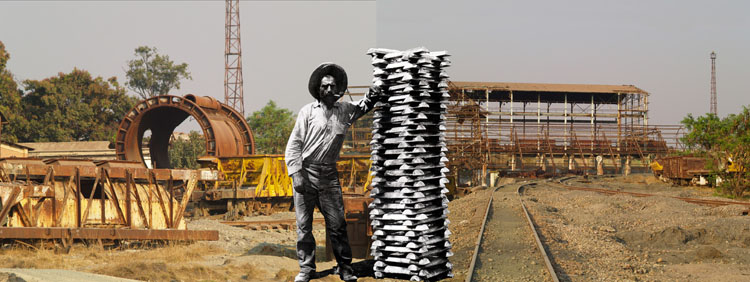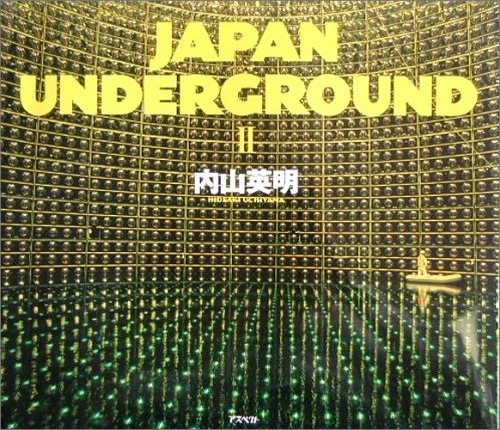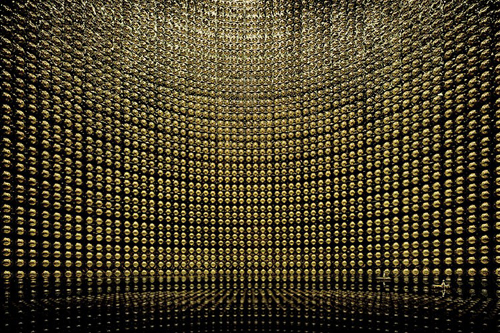 Apologies readers, but this is going to be another Arles-related post, although with more of a global flavour. One of the night-time projections at the Théâtre Antique this year was the announcement of the 2009 Prix Pictet shortlist. If you haven't come across it before (the prize is only in its second year), it is "the world’s first prize dedicated to photography and sustainability" with a different theme for each year: the 2008 theme was 'Water', for 2009 it's 'Earth'. When I first heard about the prize I wondered if they would be able to avoid lining up a bunch of apocalyptic, catastrophist photojournalism series that would end up looking like a global tour of the world ending. Happily, I think Pictet have avoided that trap pretty well and have managed to include a broad range of subjects and visual and conceptual approaches.
Apologies readers, but this is going to be another Arles-related post, although with more of a global flavour. One of the night-time projections at the Théâtre Antique this year was the announcement of the 2009 Prix Pictet shortlist. If you haven't come across it before (the prize is only in its second year), it is "the world’s first prize dedicated to photography and sustainability" with a different theme for each year: the 2008 theme was 'Water', for 2009 it's 'Earth'. When I first heard about the prize I wondered if they would be able to avoid lining up a bunch of apocalyptic, catastrophist photojournalism series that would end up looking like a global tour of the world ending. Happily, I think Pictet have avoided that trap pretty well and have managed to include a broad range of subjects and visual and conceptual approaches.
The projection of the 2009 shortlist in Arles was stunning and there is a lot of very strong work in this year's group. It is great to see the diversity of Hatakeyama's work on the contemporary landscape; Ed Kashi's documentation of Nigeria's 'Curse of the black gold' bristles with a dark, visceral energy; and Sammy Baloji's series is a compelling meditation on the relationship of land and history (although not visually my cup of tea). Edgar Martins was also nominated, just a few days after he had that little episode with the New York Times.
Despite the quality of the shortlist, it did make me wonder about the purpose of the prize. I wouldn't question most of the work on show here, even when it does stray a little from the sustainability agenda, as I think that breadth makes the prize more interesting. However, I did have to wonder about a couple of names on the shortlist. Burtynsky's work on quarries is characteristically jaw-dropping, but does he really need the additional exposure? The real shock for me was Andreas Gursky. It would be difficult to argue that the 'Earth' theme has been a significant driving force in Gursky's work, but, more importantly, how ridiculous would it be if he were awarded the CHF100,000 prize!? I can't help thinking that Pictet nominated Gursky in order to raise the profile of the prize rather than the other way around. I hope that that desire for publicity doesn't overshadow the need to reveal new talent.
To end on a positive note, it's worth noting that in addition to the prize itself, one of the shortlisted photographers is invited to complete a commission by Pictet linked to the theme, something which is increasingly rare and still very worthwhile judging by Munem Wasif's 2008 Salt Water Tears project.
(Thanks to Jörg, who was one of this year's nominators, for his thoughts)


